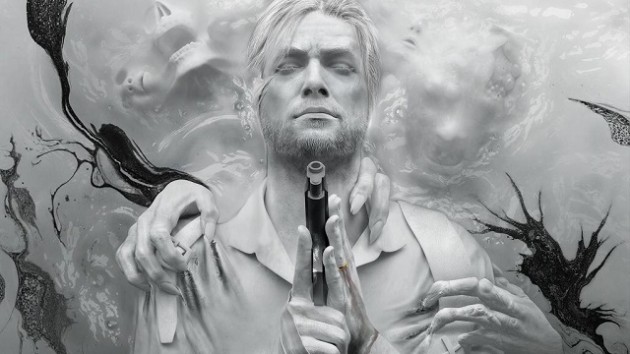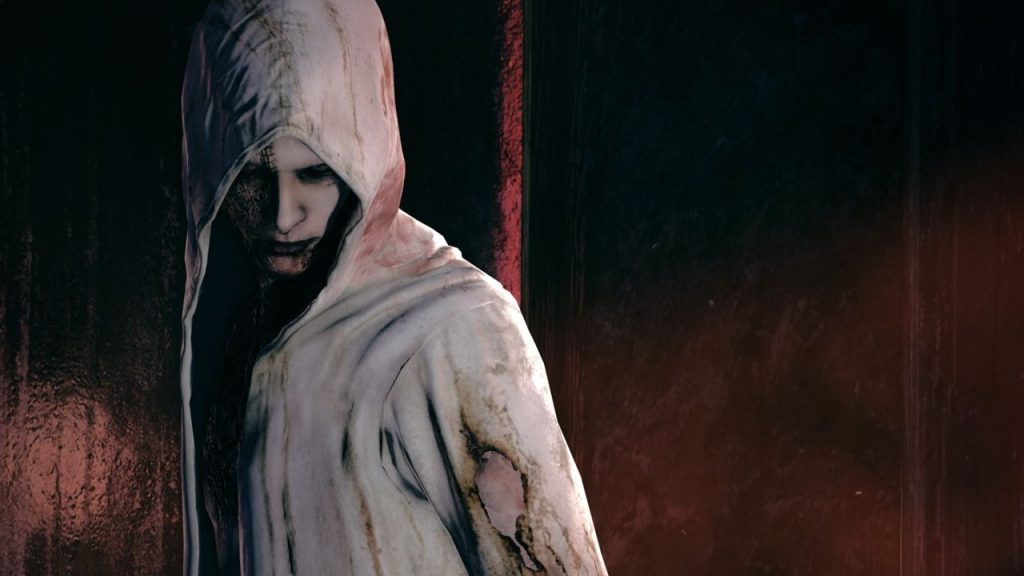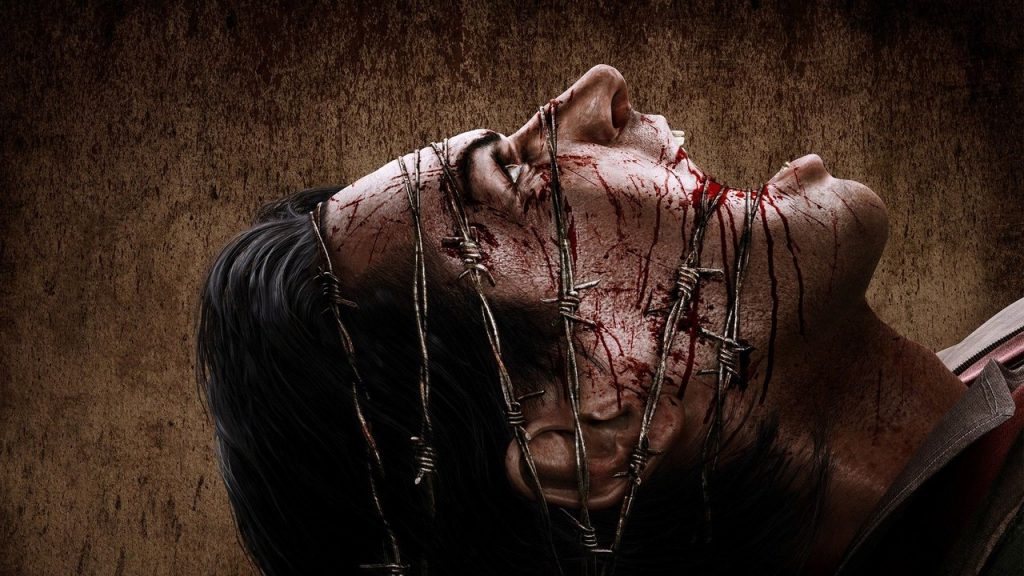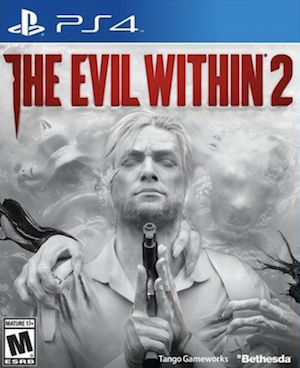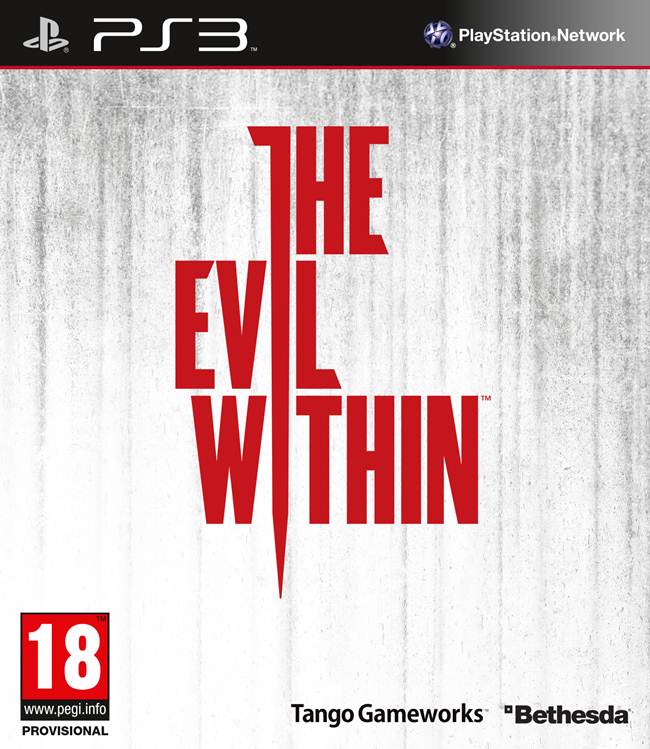
2014 was a good time for Bethesda. They had made some big moves, acquired some capable talent. But something Bethesda was also doing was giving their top developers a lot of resources and creative freedom to create new franchises and see where they can go with it. Machine Games went with the Wolfenstein Reboots, and Tango Gameworks decided to create a totally new survival horror game with The Evil Within or Psycho Breaker in Japan- which is actually a much better title but I digress.
The Evil Within had a lot going for it. A fresh new storyline, a new developer, and the direction of the same guy that helped bring us Resident Evil, Dino Crisis, Resident Evil 4, and even Vanquish. What could go wrong? Well, in short, very little went wrong. The Evil Within certainly didn’t reinvent the wheel the way Resident Evil 4 did, nor did it set the survival horror world on fire in any revolutionary way, but what it did bring to the table was some creepy atmosphere, an intriguing storyline, and a handful of neat ideas that were largely borrowed from many of Mikami’s previous games but still added up to a well-crafted horror action experience here.
The game would go on to justifiably spawn a single sequel that elaborated on the story and mechanics the way a sequel should, then… nothing. With Tango Gameworks announcing that their next game would be a totally different project and not an Evil Within 3, it seems that somewhere along the line the decision was made to put The Evil Within in it’s grave- or at least on ice for a while. But why would that be? Surely not every franchise starts out with a killer game at first, but what the first two games started does feel unfinished. What the hell happened to The Evil Within?
The Evil Within is a series that threw a lot of things at you. Some of them felt fresh like the concept of the STEM system and most of the horrors of the story being pulled from the brains of those who inhabit it, but many of it’s ideas, while well-represented, were rehashed ideas from games that the horror genre had already perfected many years prior. Hiding in lockers, management of carefully scattered resources, a shattered and broken main character, and the predictable pacing patterns of stealth sections, shootouts, resource gathering, and story developments were absolutely nothing new, and because of this the first game gave itself that 8 out of 10 ceiling that few major reviewers could see past.
Nevertheless, The Evil Within was fairly well-executed. Other than a couple of areas here and there, the difficulty was largely fair and the atmosphere mostly maintained its style of tension. Shooting felt great. The gore factor was on point, and the game got you to feel what it wanted you to feel most of the time. So despite it feeling very much uninspired in some key areas, the game was still received well overall. For it’s solid fundamentals the game received praise. Lots of 8s and 7s across the mainstream game reviewing community and a few outliers with higher and lower scores here and there. This might have not been as impressive as it could have been, but thankfully in the eyes of Tango and Bethesda, it did seem like the world of The Evil Within had more to say so a sequel was put into motion quickly after the launch of the first game.
While Mikami would be absent from the director’s seat of The Evil Within 2, he would still serve as an executive producer, and advise wherever he could. John Johanas would take over as director and with this shift in direction would come a few shifts in ideas. Where the first Evil Within game would feature a protagonist who had almost zero character and bring almost nothing to the story, Sebastion would return for the sequel but this time with far more motivation and characterization. This time, instead of being a detective who stumbled into the mess of the first game, this time, the entire game would be about him. The story picks up a few years after the events of the first game, and now we see a Sebastion even grittier than ever before.
Now that his daughter died in a house fire and his wife has left him, Kidman has tracked him down to tell him that his daughter is actually not dead at all, but is in fact being used as the core for a new STEM system to simulate the ideal American town called Union. However, as fate would have it, Mobius lost contact with Lily and their agents inside Union, and they have as such lost all control over the simulation. Now they need Sebastian to put down the bottle for a minute and go fix everything. While this plot was about as paper-thin and lacking in self-awareness as the original’s was, it was still a nice improvement to see some real emotion come out of Sebastian and see him actually have a goal and some motivation.
While the original Evil Within expected you to just sort of come up with your own reasons to see the game through, this one actually gave you a reason to root for the main character and give a crap about what happens to him. Ultimately the story would wrap up nicely with a surprisingly strong third act with some excellent boss battles and story developments that would show Sebastion not only rescuing his daughter but also grappling with some other personal demons as well.
Almost in the realm of a classic Silent Hill story although still not quite that good. The gameplay would also throw more at you than the first game. Although much like the first game, the semi-openworld structure of the game and the somewhat refined stealth mechanics would still feel like echos from other games that preceded it by many years, and also like the first game, many of its borrowed ideas didn’t work as well as they did in the games they’re borrowed from.
Overall, from a reviewer and gamer’s perspective, the improvements over the first game that the second did have were largely seen as marginal and the game still couldn’t quite get out from under that self-imposed 8-out-of-10 ceiling. While it did improve over the original game, it largely just kept pace with modern expectations of what an 8 out of 10 was like. Despite selling fairly well and not really getting any one thing horribly wrong, we would not see a third game announced, teased, or even so much as hinted at by the time of the writing of this piece in 2020.
The Evil Within is a series of two games that got a lot of things right, and a few things wrong. This is the case with almost all great games. However, despite probably not pulling in quite enough money to justify a third game right now, The Evil Within has a much bigger and and more fatal problem as a series. Unlike it’s more successful contemporaries, The Evil Within never really had a “thing” that made it stand out in the horror genre. Resident Evil games have the iconic zombies, the mansion, nemesis, Raccoon City, Jill, Leon, and Claire. Silent Hill has the sprawling foggy ghost town where unspeakable evils lurk around every corner and the internal demons of the characters blend with the external horror in ways that make them indistinguishable from each other much of the time. Amnesia has it’s revolutionary first person style of minimalistic horror and sanity management.
Even Outlast, with all of it’s problems, has the camcorder night vision, battery management, and some very natural feeling stealth. But what do The Evil Within games have? What is their identity? Where do they fit? Sebastian isn’t particularly interesting and probably never will be, the story of both games is often meandering, unfocused, and only gives glimpses of greatness in their final acts long after you’ve probably given up on caring about them, and the gameplay itself, while serviceable, brings almost nothing new to the table.
The whole STEM thing is a neat idea to facilitate the horror in a different way, but ultimately turned out to be just too convoluted and cerebral to be a truly iconic horror setting. Despite the fact that these two games nail a lot of the basics well, a true reason to place them alongside the greats of the genre never really emerged. I also doubt the game’s lack of a compelling central identity has gone unnoticed by Bethesda and Tango.
So above all else, that is likely the main problem with the series and why we are probably in for a long wait at best before we ever see a third game. I’d love to be wrong though, because as a huge horror enthusiast myself, I believe the more horror games the better. At this point though, from the perspective of Tango Gameworks and Bethesda, I can totally understand why they would rather, for now, roll the dice with something new.
Note: The views expressed in this article are those of the author and do not necessarily represent the views of, and should not be attributed to, GamingBolt as an organization.








